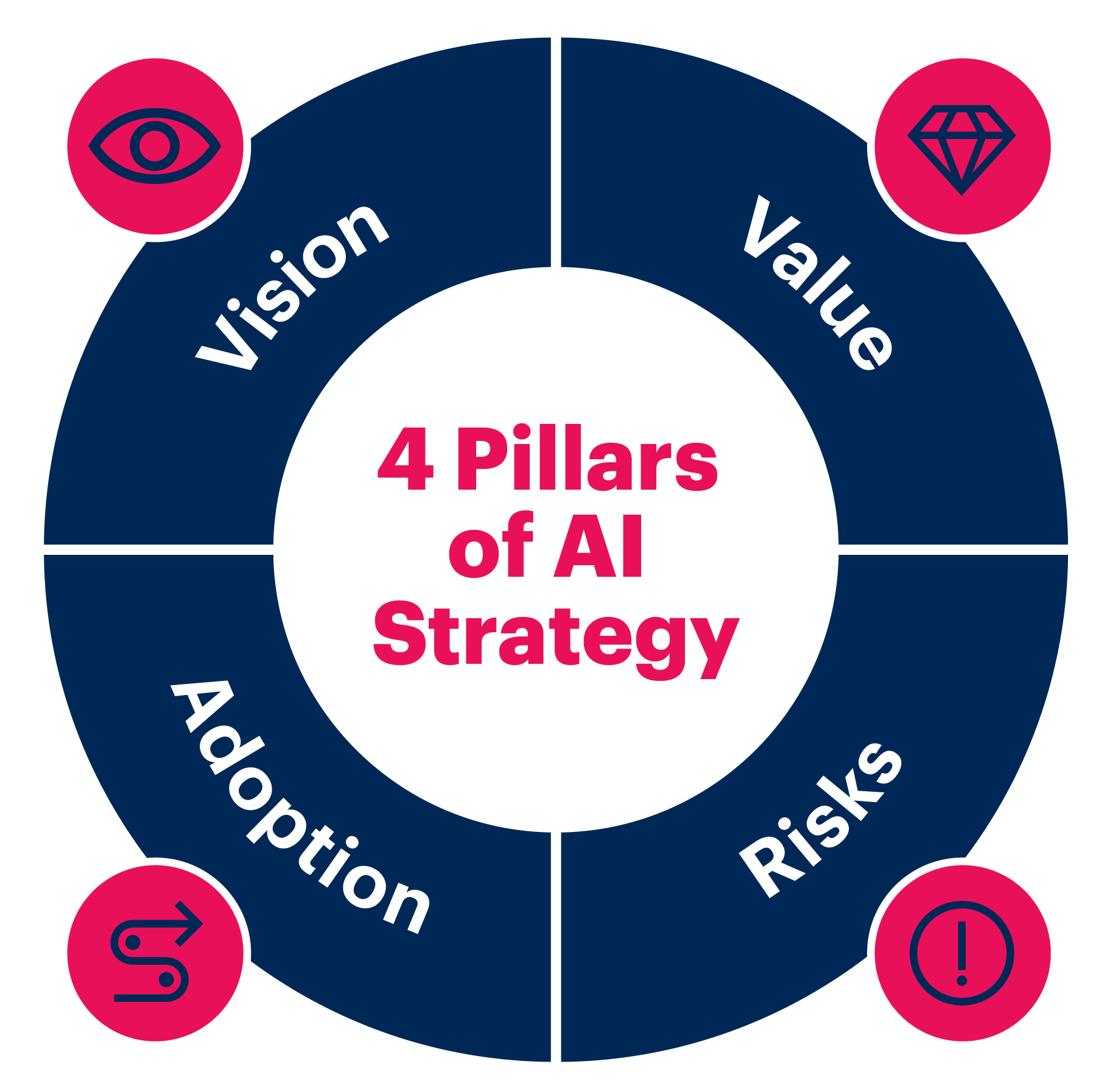The Evolving Role of the Enterprise Architect in the Age of AI
Introduction
Artificial intelligence (AI) is rapidly transforming businesses across all industries. From automating routine tasks to powering innovative new products and services, AI is revolutionizing the way we work and live. As a result, the role of the Enterprise Architect (EA) is also evolving. EAs must now not only understand traditional IT systems but also possess a deep understanding of AI technologies and their potential impact on the organization.
The Impact of AI on Enterprise Architecture
AI is impacting Enterprise Architecture in several key ways:
- Increased Automation: AI-powered automation tools can streamline many of the tasks traditionally performed by EAs, such as data analysis, risk assessment, and impact analysis. This frees up EAs to focus on more strategic initiatives, such as developing AI strategies and ensuring the ethical and responsible use of AI.
- Enhanced Decision Making: AI can provide valuable insights into complex business problems, enabling EAs to make more informed decisions about technology investments and architectural choices. For example, AI-powered predictive analytics can help EAs forecast future technology trends and identify potential risks.
- Improved Business Agility: AI can help organizations become more agile and responsive to change. By automating routine tasks and providing real-time insights, AI can enable organizations to adapt quickly to new market conditions and customer demands.
- New Business Models: AI is enabling the creation of entirely new business models. EAs must work closely with business leaders to identify and evaluate new opportunities enabled by AI, such as AI-powered products and services, and ensure that the enterprise architecture is aligned with these new business models.
The Evolving Role of the Enterprise Architect
To effectively navigate the AI revolution, EAs must evolve their skillsets and responsibilities. This includes:
- Developing AI Literacy: EAs must gain a fundamental understanding of AI technologies, including machine learning, deep learning, natural language processing, and computer vision.
- Leading AI Strategy: EAs must play a key role in developing and implementing AI strategies that align with the organization’s business goals.
- Ensuring Ethical AI Adoption: EAs must ensure that AI is used ethically and responsibly, addressing concerns such as data privacy, bias, and transparency.
- Managing AI Risk: EAs must identify and mitigate the risks associated with AI adoption, such as security risks, regulatory compliance, and the potential impact on jobs.
- Fostering a Data-Driven Culture: EAs must champion a data-driven culture within the organization, ensuring that data is accessible, reliable, and secure.

Conclusion
The rise of AI is creating both challenges and opportunities for Enterprise Architects. By embracing these challenges and evolving their roles, EAs can play a critical role in helping organizations harness the power of AI to achieve their business goals and thrive in the digital age.
